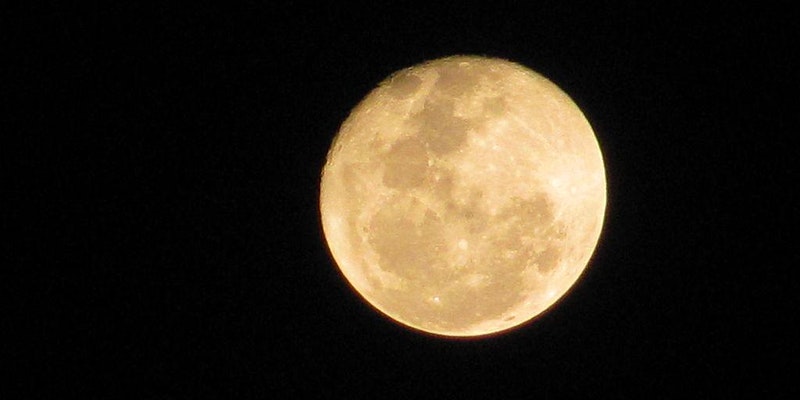by Amanda Rose Newton
A day set aside to give thanks for the literal fruits of our labor is not just an American custom. Nearly all countries have roots in agrarian life that still continues to support life on our large planet.

While we may have come a long way in terms of technology and how things are grown, we still very much rely on farmers to help keep us fed. Remember that this Thanksgiving and give special personal thanks to any farmers you know in your life.
Last year, we discussed how there are a few discrepancies in what was on the table at the first Thanksgiving (spoiler: there likely wasn’t turkey and mashed potatoes), and this year we are going to take a look at how other countries around the world celebrate the harvest season.
Sukkot
Sukkot is celebrated after the High Holy days and New Year by Jewish people around the world. Also going by the name the Feast of Tabernacles, the day is all about reflecting on what we have to be grateful for and paying respect to the importance of the fall harvest. It also reminds us of the 40 years the Israelis spent in the desert after escaping hard times in Egypt.
The name Sukkot refers to the small shelters built by the Israelis to make it through the desert and back to their homeland. Lasting 8 days, huts are built and decorated, and feasting occurs throughout the week-long celebration.
Chuseok, Tsukimi, and the Mooncake Festival
Koreans celebrate Chuseok, which is a huge harvest blowout featuring traveling to ancestral homes, fun games, and tons of food. Rice is the VIP of the celebration, as it is the staple food in the region.
Tsukimi is Japan’s harvest celebration and also features dishes prepared with rice. China’s Mooncake festival is considered to be the most important holiday of the year following the Chinese New Year.

Dates fluctuate for the celebrations since they are based on the lunisolar calendar and must occur when the moon is full. Beautiful lantern decorations are made for the event, with outdoor parties being a regular occurrence.
The Rice Harvest Festival
Rice is one of the most important crops in the world, and in Bali, Indonesia, they make sure this importance is not lost. At the end of the harvest season in May, villages are decorated to honor Dewi Sri, the Hindu goddess. The real highlight of the holiday is creating fancy headdresses for water buffalo and racing them through town! Now that’s a party!
Irreecha
The rainy season in Ethiopia is incredibly long and by the end, everyone is ready to celebrate.

Harvesting takes place directly following this potentially dangerous rainfall, and giving thanks for the abundance of food and family safety is in order.
Yam Festival
Yams to West Africa are like rice to Asia. Held at the beginning of August, it marks the end of the rainy season. Celebrations are famous for their drumming, music, dancing, and singing. Yams, of course, are consumed in everyone’s favorite dish (at least mine), Fufu. Go make it now and you will also be thankful for the annual yam harvest!
Mehregan
This ancient Persian festival celebrates the harvest season with a special appreciation of nature. Mirthra, the goddess of light and friendship, is at the center of the celebration. Pomegranates, aside from being delicious, also hold special symbolism during this October 8th Holiday.
Pongal and Baisakhi
In Southern India, four days are set aside to give thanks to family, the gods of sun and rain, and cattle. The third day features a feast with rice, palm sugar, and lentils. Pongal is in itself a dish, featuring rice, milk, and sugar.
Punjabi and Sikhs celebrate Baisakhi on April 13th and 14th every year with dancing, colorful outfits, and eating delicious food.
La Festa dell’Uva
It’s all about the wine! This festival celebrates the grape harvest and happens in Late September in the small town of Impruneta.

Music, dancing, medieval costumes, and yes, wine tastings are part of the celebration.
Itel’men Tribal Harvest
This festival is held in the freezing tundra of Russia in the 3rd week of September. The indigenous Russians return to their ancestral roots by partaking in the ritual of a 43 km hike to the top of nearby Mt. Elvel where they leave a wood carving honoring their ancestors. Honey, apples, and nuts are a key part of the celebrations.
No matter what you celebrate, take a moment to be thankful for all the prosperity and abundance we have. Happy Feasting!


